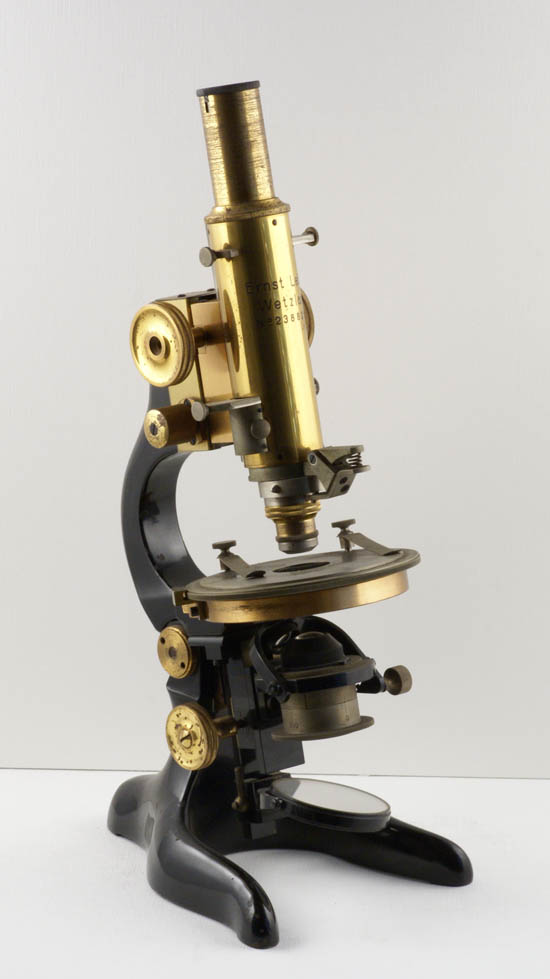


Multiple parts or assemblies are typically removed by a field technician or repair shop during a repair.

Special emphasis should be given to parts and assemblies that retest OK (RTOK). Such investigations on previous findings can often lead to quick solutions. A background investigation is typically conducted to determine if similar problems have been encountered, and whether they are vendor, technology, or batch related. In contrast to design-related problems, failures can also be due to defective parts. The Device type Failure mode a * Device type Failure mode a * levels of mechanical, vibration, and thermal stress, and producing visual evidence of any resulting deformation, harmonic resonance, or thermal flow and induced stress patterns. To address the potential problems associated with temperature extremes, cycling and thermal shock, several approaches are commonly used. The effects of temperature extremes, cycling, and thermal shock include parameter drift, mechanical deformation, chemical reactions, increased contact resistance, dielectric breakdown, and electromigration. Cold soaking for hours prior to start-up will make equipment subject to thermal shock when it is powered up. In others, the equipment will be directly exposed to temperature extremes and cycling. In some cases, the equipment might be installed in a temperature-controlled compartment. Temperature extremes at or beyond design limits of a component or system, and at high rates of temperature cycling, can occur in the operational environment. Environmental factors that accelerate failures in electronic components and assemblies include vibration, thermal cycling, and thermal shock.3 provides the distribution of failures with respect to environmental factors found in an airborne environment. It is not unusual for connections and electronic elements that receive vibration and movement to fail from fatigue or fracture.2 provides a description and types of mechanisms affecting the reliability of electronic and electromechanical components.įailures relating to distortion, fatigue and fracture usually occur as a result of an equipment being operated outside of its design environment or beyond its intended life. The majority of electronic component failures analyzed are often corrosion related, but other mechanisms considered mechanical in nature also influence the reliability of electronic components. These failures may be the result of component or system design deficiencies or may be induced by users or maintenance personnel. That is not to say, however, that the failures do not have a specific root cause, or that the occurrence is unavoidable. Failures occurring during the useful life period are referred to as random failures because of this infrequent and unpredictable nature. The specifics vary among hardware types and components and will vary based on margins used in the design of an equipment. The useful life period is normally characterized by relatively infrequent and unpredictable failures. Failure analysis is vital during this phase to identify and correct the causes of problems so they can be eliminated prior to deployment. Infant-mortality failures can be reduced by monitoring and controlling the manufacturing process.


 0 kommentar(er)
0 kommentar(er)
